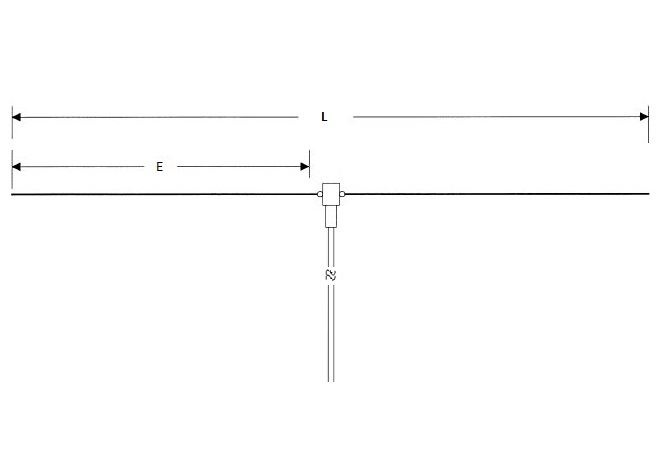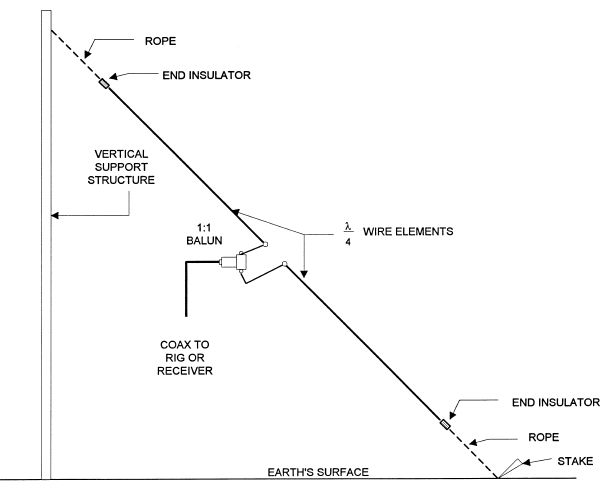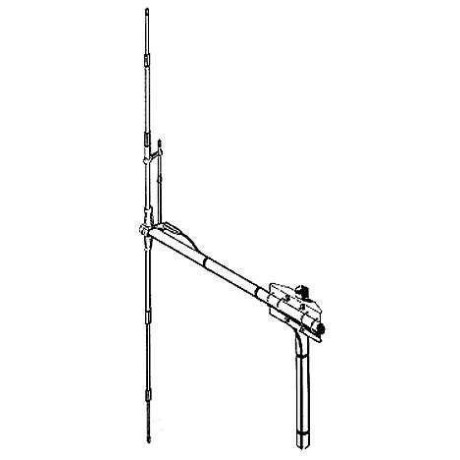Hello.
My name is Nick and I reside in the North East United States. I have always been fascinated by short wave radio and found it to be exciting to tune in late at night and hear people from around the world. But with the advancement of technology; the internet, cell phones and such, short wave radio feels as if it has become quieter over the last 30 years. And so, my interest wained.
I have two radios:
The first is an old Radio Shack DX-394 (http://ve5kc.amateur-radio.ca/ftp_files/DX-394-owners-manual.pdf). It comes with its own telescopic antenna (much like the kind you find on AM/FM transistor radios), but also has Low-Z and High-Z antenna ports.
The second is a much more sophisticated iCom R8500. With this receiver, I also have what I believe is described as a Di-Pole antenna:

Currently, I have the Eavesdropper antenna strung across my attic, north to south.
I would like some guidance on how to deploy this equipment, allowing me to listen to a wide range of frequencies.
Thank you in advance,
Nick
My name is Nick and I reside in the North East United States. I have always been fascinated by short wave radio and found it to be exciting to tune in late at night and hear people from around the world. But with the advancement of technology; the internet, cell phones and such, short wave radio feels as if it has become quieter over the last 30 years. And so, my interest wained.
I have two radios:
The first is an old Radio Shack DX-394 (http://ve5kc.amateur-radio.ca/ftp_files/DX-394-owners-manual.pdf). It comes with its own telescopic antenna (much like the kind you find on AM/FM transistor radios), but also has Low-Z and High-Z antenna ports.
The second is a much more sophisticated iCom R8500. With this receiver, I also have what I believe is described as a Di-Pole antenna:
Currently, I have the Eavesdropper antenna strung across my attic, north to south.
I would like some guidance on how to deploy this equipment, allowing me to listen to a wide range of frequencies.
Thank you in advance,
Nick



